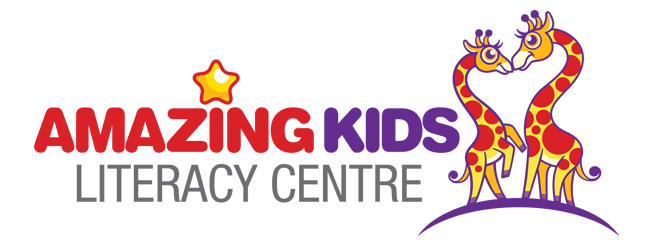
Sunday, December 20, 2009
Tuesday, December 15, 2009
Sunday, December 13, 2009
Christmas Celebration 12December 2009
Christmas is a time of giving and sharing. We invited children from the neighbourhood to join us in the Christmas Celebration. Children learned to work together in team games. It was good fun just watching the children running and catching each other in the game "Tiger and The Bunny".
In the game, "Mr. Wolf, what time is it now?" Children learned about the different times in a day and what they should do at the appointed time. We also introduced the different learning corners like the reading corner, eating corner, dramatic corner in the centre to the children through this game.
The highlight of the Christmas celebration was the "Quilling Session". Children learned to make flowers, the sun, a birthday cake through quilling. Quilling is an activity where children learn to roll the strips of paper into various shapes of circles, using a bamboo stick. Quilling is a great activity to develop children's creativity. Children are challenged to come up with original ideas in their art work. Check out our blog next week for the photos taken at the Christmas Celebration!
In the game, "Mr. Wolf, what time is it now?" Children learned about the different times in a day and what they should do at the appointed time. We also introduced the different learning corners like the reading corner, eating corner, dramatic corner in the centre to the children through this game.
The highlight of the Christmas celebration was the "Quilling Session". Children learned to make flowers, the sun, a birthday cake through quilling. Quilling is an activity where children learn to roll the strips of paper into various shapes of circles, using a bamboo stick. Quilling is a great activity to develop children's creativity. Children are challenged to come up with original ideas in their art work. Check out our blog next week for the photos taken at the Christmas Celebration!
Open Day 061209
We had a gala time with the children who dropped by on the Open Day on 6th December 2009. Children were fascinated with the costumes, head gears and hand puppets. They put on the costumes and head gears, and expressed themselves in various dramatic acts. We had fun laughing at each other. Most of all, their presence had brought joy to the occasion.
Sunday, December 6, 2009
The Reggio Emilia Approach
The Reggio Emilia Approach was founded by Loris Malaguzzi (1920-1994) in a city in northern Italy, called Reggio Emilia. It was developed to meet the needs of the children below six in municipal child-care and education programs. The Reggio Emilia Approach was hailed as the best preschools in the world by Newsweek magazine in 1991. Today, the Reggio Emilia Approach is adopted in many countries in the world like USA, UK, New Zealand, Australia and so on.
In Amazing Kids Literacy Centre, we aspire to benchmark ourselves against the preschools which adopt the Reggio Emilia Approach. We visited a total of seven early literacy centres in Australia and New Zealand. We looked at the physical set up of the literacy centres, the learning materials used, the activities, the daily schedules and students' works. Interviews with the directors and teachers were carried out to probe for details on the implementations of the Reggio Emilia Approach in their early literacy centres. Class observations were conducted to observe the children's learning and teacher/child interactions.
Amazing Kids Literacy Centre is founded based on the findings of our research. Generally, our findings showed that the Reggio Emilia Approach had the following features:
1. The learning environment serves as a third teacher
2. Children learn in multiple ways
3. Children are assessed through documentation
4. Children's learning are enriched through creative projects based on their interests and abilities
5. The teacher plays the role of a researcher, always learning alongside the children and reflecting about their teaching and learning
6. Home/school partnership is fostered through family centred activities
As a research-based centre, we will continue to keep abreast of the current theories and practices in early literacy learning to provide quality literacy programs for your children.
In Amazing Kids Literacy Centre, we aspire to benchmark ourselves against the preschools which adopt the Reggio Emilia Approach. We visited a total of seven early literacy centres in Australia and New Zealand. We looked at the physical set up of the literacy centres, the learning materials used, the activities, the daily schedules and students' works. Interviews with the directors and teachers were carried out to probe for details on the implementations of the Reggio Emilia Approach in their early literacy centres. Class observations were conducted to observe the children's learning and teacher/child interactions.
Amazing Kids Literacy Centre is founded based on the findings of our research. Generally, our findings showed that the Reggio Emilia Approach had the following features:
1. The learning environment serves as a third teacher
2. Children learn in multiple ways
3. Children are assessed through documentation
4. Children's learning are enriched through creative projects based on their interests and abilities
5. The teacher plays the role of a researcher, always learning alongside the children and reflecting about their teaching and learning
6. Home/school partnership is fostered through family centred activities
As a research-based centre, we will continue to keep abreast of the current theories and practices in early literacy learning to provide quality literacy programs for your children.
Subscribe to:
Comments (Atom)
.png)